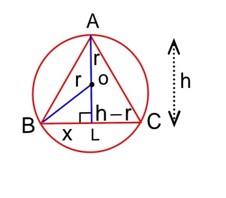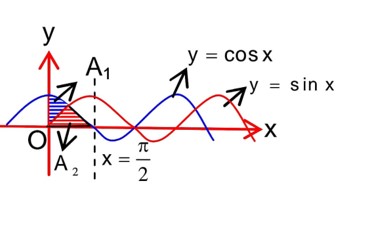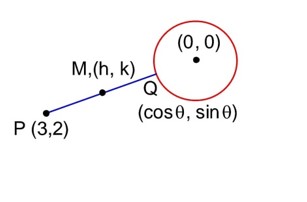Maths
Get insights from 6.5k questions on Maths, answered by students, alumni, and experts. You may also ask and answer any question you like about Maths
Follow Ask QuestionQuestions
Discussions
Active Users
Followers
New question posted
2 months agoNew question posted
2 months agoNew answer posted
2 months agoContributor-Level 10
From option let it be isosceles where AB = AC then
=
Now ar
then
So .
Hence be equilateral having each side of length

New answer posted
2 months agoContributor-Level 10
= 2 cos2 θ + 2 sin2 θ + 6 sin θ + 45
= 6 sin θ + 47
for maximum of PA2 + PB2, sin q = 1
then P (1, 2)
Hence P, A & B will lie on a straight line.
New answer posted
2 months agoContributor-Level 10
Given
If f (x) is continuous for all then it should be continuous at x = 1 & x = -1
At x = -1, L.H.L = R.H.L. Þ 2 = |a + b - 1|
->a + b – 3 = 0 OR a + b + 1 = 0 . (i)
-> a + b + 1 = 0 . (ii)
(i) & (ii), a + b =-1
New answer posted
2 months agoContributor-Level 10
Given x + 2y – 3z = a
2x + 6y – 11z = b
x – 2y + 7z = c
Here
For infinite solution
20a – 8b – 4c = 0 Þ 5a = 2b + c
New answer posted
2 months agoContributor-Level 10
Given n = 2x. 3y. 5z . (i)
On solving we get y = 3, z = 2
So, n = 2x. 33. 52
So that no. of odd divisor = (3 + 1) (2 + 1) = 12
Hence no. of divisors including 1 = 12
Taking an Exam? Selecting a College?
Get authentic answers from experts, students and alumni that you won't find anywhere else
Sign Up on ShikshaOn Shiksha, get access to
- 65k Colleges
- 1.2k Exams
- 679k Reviews
- 1800k Answers


